
Experiential holidays have been on the rise for a number of years and holidays to celebrate the carnival are some of the very best examples of such holidays whether it is the Rio edition widely recognised as the largest in the world with 2 million people per day on the street to Carnevale di Venezia with their world-famous elaborate masks.
However, if you are looking for a non-commercial alternative to these offerings then you should consider visiting the stunning city of Basel during their carnival which is known as Basler Fasnacht. It generally takes place in either February or March depending on when the period of Lent falls and the 2020 edition will be during the 2nd – 4th March.
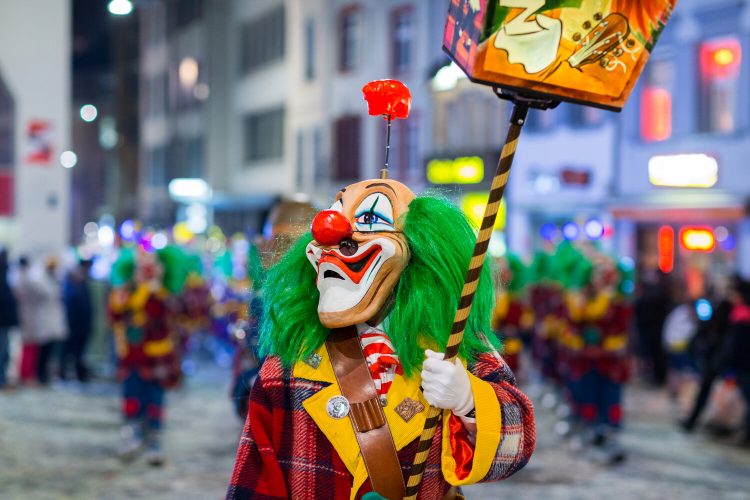
During these 72 hours, creative madness reigns supreme over the city. It is a significant part of the city’s heritage and culture with some people practising over a year for this parade and preparing all the artwork for their floats. Due to the uniqueness of the carnival, it has been added to the UNESCO intangible cultural heritage list in recent years.
The most bizarre part of the festival is the “Morgenstreich”, which is the early morning procession that starts at 4 am. You will need to head into the city centre around 3.30 am to ensure you get a prime viewing spot and at 4 am on the dot, the street lights are turned off and the spectacular procession begins.
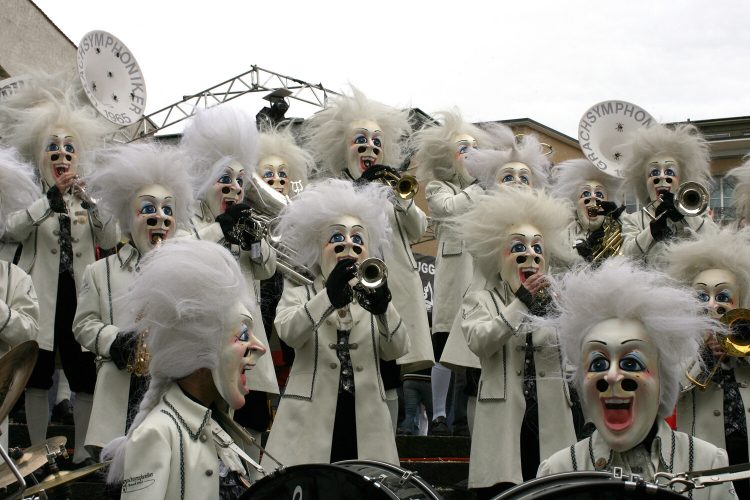
At this time, around 200 canvas lanterns are illuminated and the parade begins. The floats are often decorated with political paintings and words that make light of a social issue from the past year (hence why the whole event isn’t commercially sponsored). The floats are accompanied by their cliques of drummers and piccolo players.
After observing the street procession for around an hour, then most people head off for an early “Fasnacht” breakfast which normally consists of traditional onion and cheese pie or “mehlsuppe”, which is hearty, strongly-flavoured soup based on beef stock and featuring browned flour and onions, red wine and seasoned with the likes of peppercorn and cloves.
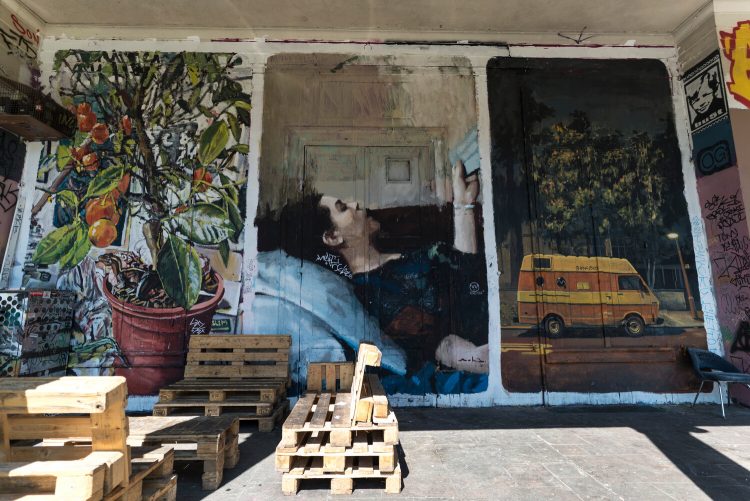
The Cortège which starts at around 1.30 pm on the 1st and 3rd day of the festival is when you can see the full glory of the marchers in broad daylight with typically around 12,000 people taking part and most parading until dusk. They have a children’s carnival on the 2nd day which is typically a light-hearted affair and there is generally a hive of colourful activity on the streets of Basel.
You should also head to the Münsterplatz from the first evening to see a visual feast as all the lanterns are exhibited to the public there and you will discover not just incredible artwork but many of the local and international issues that concern the residents of Basel.
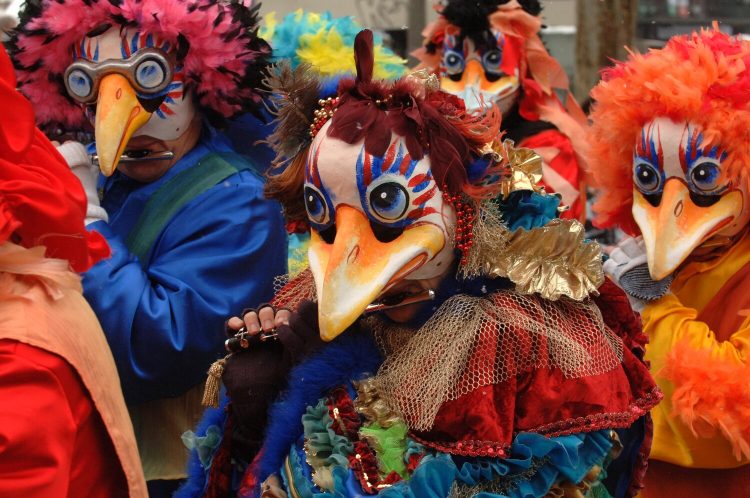
Music plays a prominent role in proceedings during all 3 days but in particular on the 2nd night during Guggenkonzert, when the Gugge music bands come to the fore. They converge from different parts of the town to the city centre, where large stages have been constructed for the musicians to perform their work.
Visiting during Basler Fasnacht does require careful planning as some restaurants and museums are closed for some part of the celebrations and hotels do tend to be busy due to visitors from other cities and abroad. One hotel, we can recommend is the Hyperion Hotel Basel, which is the tallest habitable building in the city and situated next to the Basel Messe trade fair centre and a short walk from the Old Town.
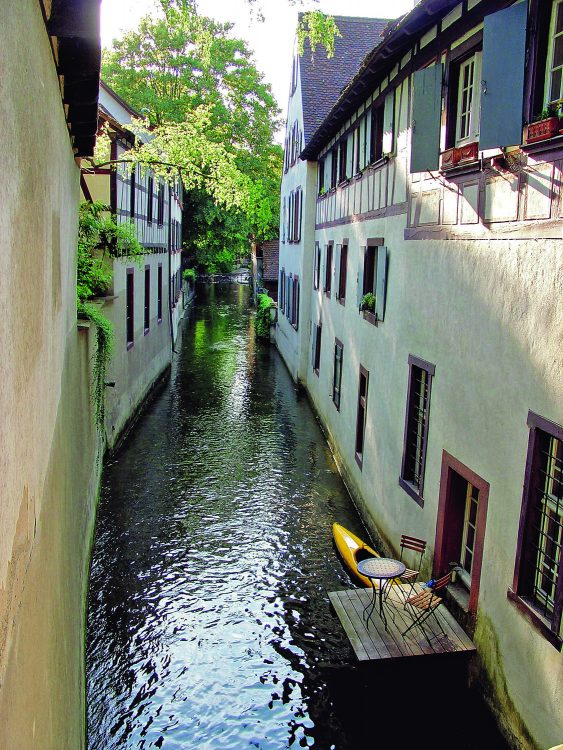
They offer some fantastic views of the city and the rooms are particularly modern and airy whilst the hotel also has a solarium and a jacuzzi. Many of the restaurants in that part of town were open during Fasnacht 2019 when we visited and offered some of the best examples of modern-day Swiss cuisine.







